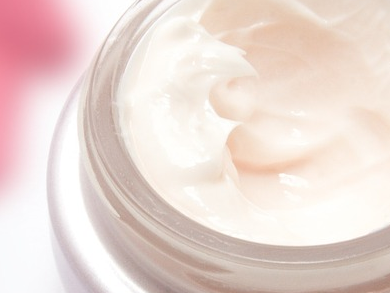Microplastic is defined as a heterogeneous mixture of small, synthetic polymer particles that resist (bio)degradation. It is used in many consumer and professional products in multiple sectors, including cosmetic products, detergents, maintenance products, paints, coatings, construction materials, and medicinal products, as well as various products used in agriculture and in the oil and gas sectors.
ECHA has found that intentionally added microplastics are most likely to accumulate in terrestrial environments. The particles concentrate in sewage sludge that is frequently applied as fertilizer. A much smaller proportion is released directly to the aquatic environment. Once released, the microplastic particles can be extremely persistent in the environment and are practically impossible to remove. The potential effects on human health and the environment are not well understood. Data available on effects is limited, particularly for the terrestrial environment. Currently, it is not possible to determine the impact of long-term exposure on the environment.
ECHA wants to restrict microplastic particles that are intentionally added to mixtures such as cosmetic products. If adopted, an EU-wide restriction could, according to ECHA, result in a reduction in emissions of microplastics of about 400 thousand tons over 20 years.
ECHA has assessed the socio-economic impact of their proposed restriction and is aware that it is likely to result in different costs depending on the type of product affected. However, implementing the restriction is expected to be cost-effective in all sectors, including the agricultural sector. According to ECHA, this sector is the biggest source of intentionally added microplastics. Several EU Member States have already introduced bans on the use of microplastics in certain types of products, largely concerning wash-off cosmetic products.
- European Chemicals Agency (ECHA), Helsinki, Finland




